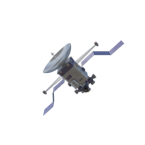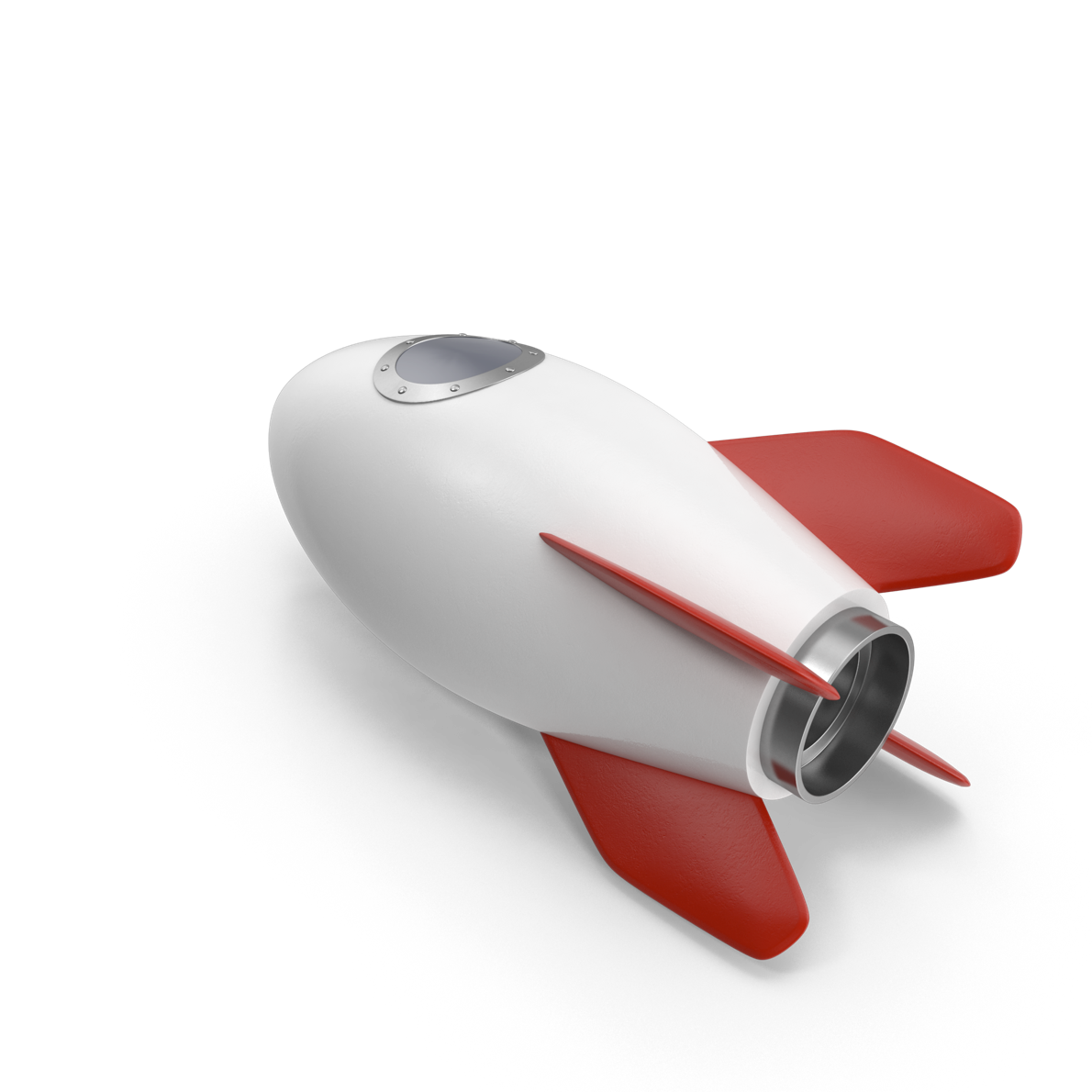
Jun 18 2025
~ 9 min read
Germany Technology Series (1/4)
This is the first entry in a four-part series where I explore how Germany is using technology in subtle, practical, and effective ways.
I’ve been in Germany just over a month, but it already feels like I’ve lived a dozen lives. Between dodging cyclists and getting lost in IKEA (I now fully appreciate the meaning of the words Ausgang and Kasse), my brain is overwhelmed.
What’s stood out though, is how things move—people, goods, and especially information. And how the systems behind that movement rely on technology that quietly surfaces what you need, when you need it, without getting in the way.
We intentionally didn't bring our vehicles to Germany (not just because of the cost) but because I was looking forward to leaving behind the bumper-to-bumper routine and embracing a system that gets you from point A to point B while freeing up time and headspace.
Disclaimer: I’m not a transit expert, and my frame of reference is mostly the U.S., so take this for what it is — one technologically centered view of what felt surprisingly smart, cohesive, and helpful.
Integration Over Innovation
Germany’s transportation system doesn’t chase cleverness — it focuses on cohesion. All modes of travel (bus, train, tram, bike, car, ferry) fit together with minimal friction. The experience feels intentional, with a common thread of making critical information visible when and where you need it.
The DB Navigator app reflects that mindset. It’s not flashy per-se, but it delivers what matters: real-time schedules, route planning, and tickets all in one place. This data is also available in Apple Maps, which I've come to appreciate as well, pushing schedules and stop information to my phone and Apple Watch to help me ensure I don't miss my stops.
That same helpful information shows up in the physical infrastructure too. Clear signage, consistent layouts, and real-time digital displays keep you updated across vehicles and stations. Even with limited knowledge of German, I never felt (truly) lost. I think that says a lot about how well the individual pieces work together.
Deutsche Bahn (DB), the state-owned rail operator, has also leaned into modernization not just with trains and tech, but in how it tells its story. Its recent #fährtBahn (“rides the train”) campaign uses real riders and user footage to make train travel feel accessible and current. It pairs nicely with updates like better Wi-Fi, sleeker interiors, and improved mobile experiences.
DB’s sustainability push is also front and center, captured in its ongoing slogan: "Das ist grün.” ("This is green.")
It’s a simple message, but it matches a larger trend: a system that evolves with intention and uses tech to make environmentally conscious choices visible and actionable.
You can see one of DB's recent campaigns here, showcasing their efforts to modernize the public perception of train travel while reinforcing the benefits that already exist in the system.
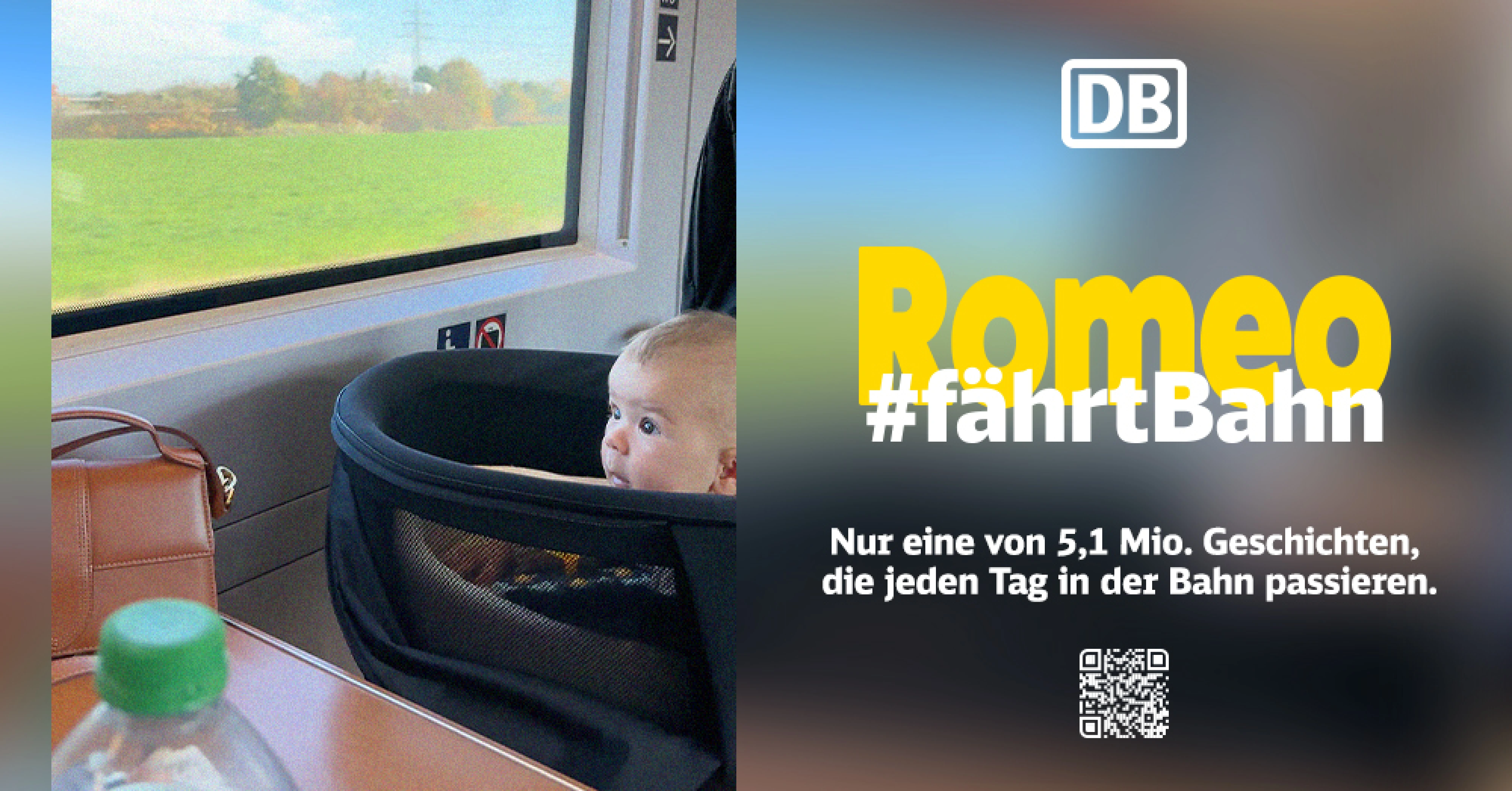
Movement Without the Drama
Here in Berlin, missing a train doesn’t ruin your day. Another arrives in minutes, which is just enough time to grab a delicious coffee or snack from a nearby vendor 🤩.
Easily accessible bikes, e-bikes and e-scooters are everywhere, thanks to lanes and layouts designed around real human behavior. The whole setup feels like it was tested by people who actually use it, with real-world feedback baked into the design.
A generous number of digital signage shows which bus or train is coming, when it will arrive, and whether it’s delayed. Onboard screens update in real time, not just with stops, but with transfer info and arrival estimates. The system is built to help you feel in control, even if plans shift.
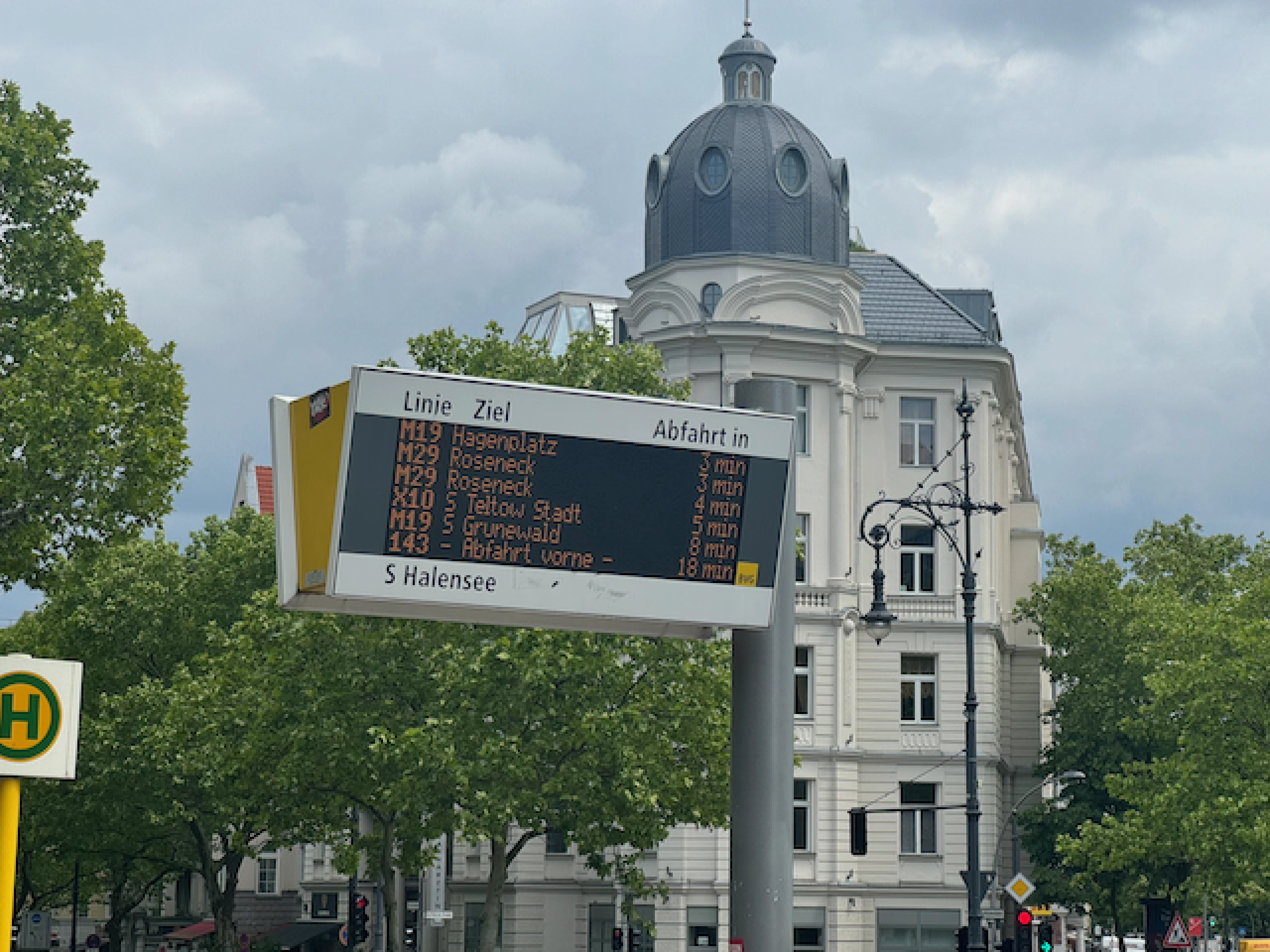
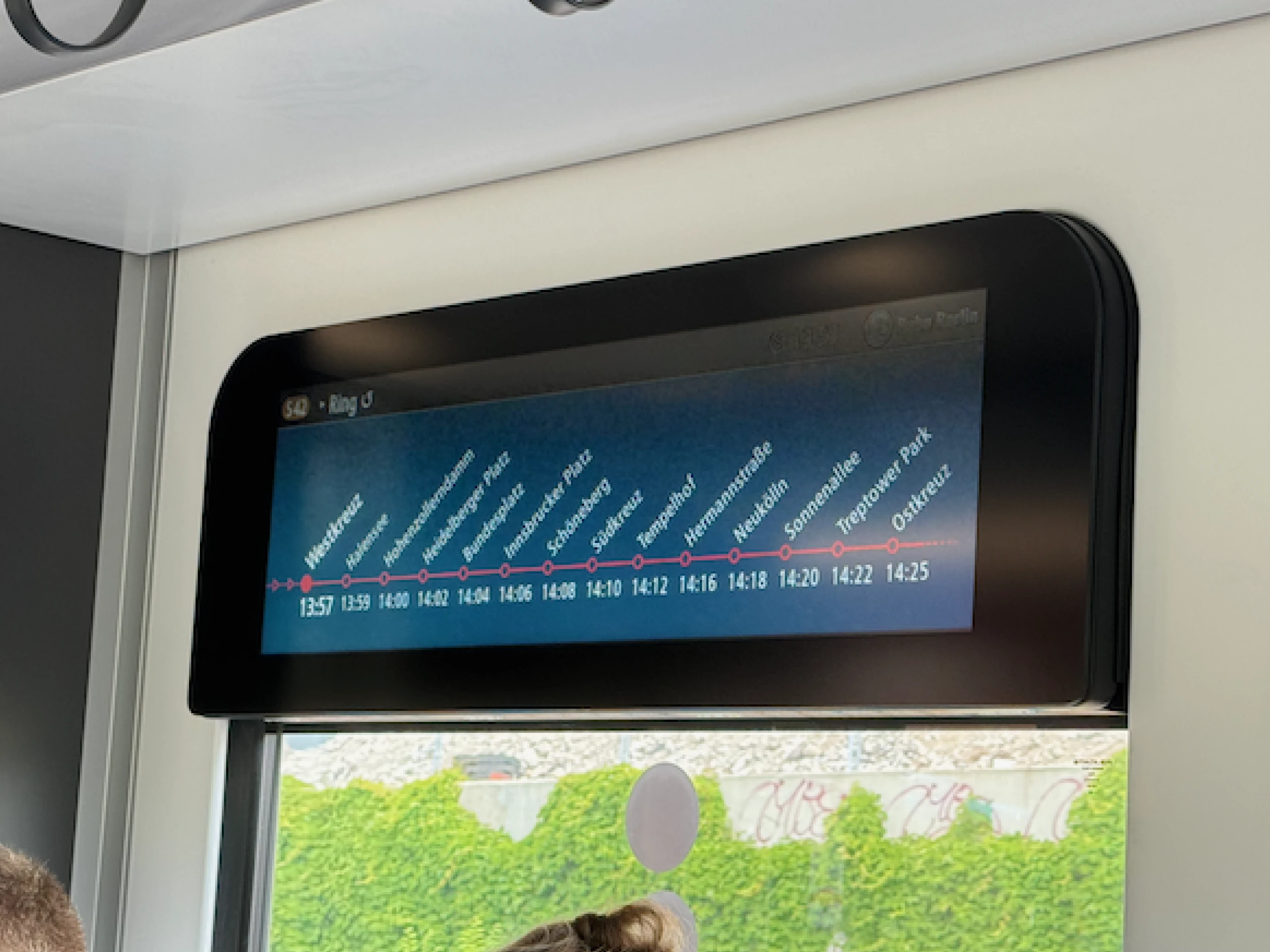
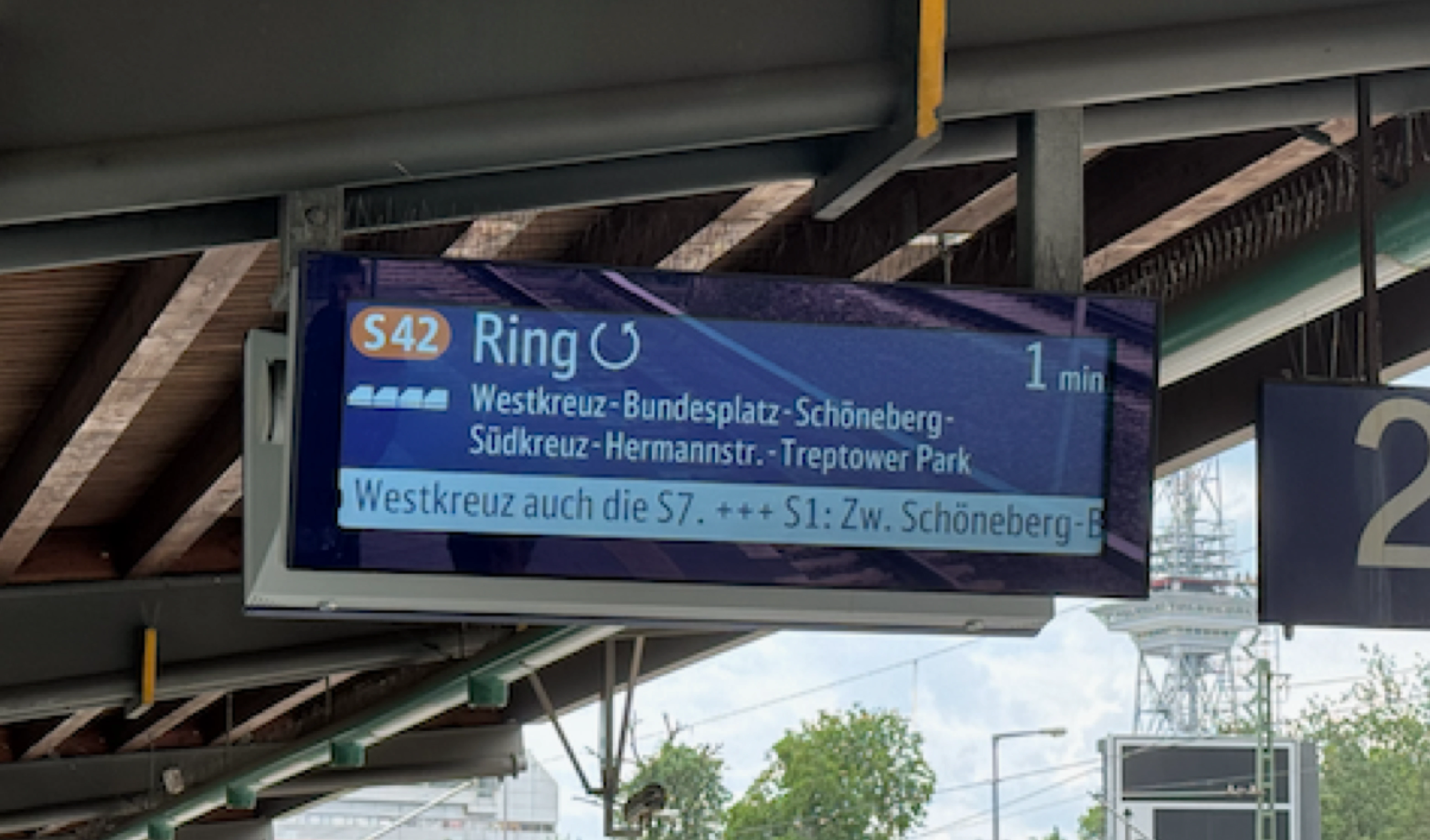
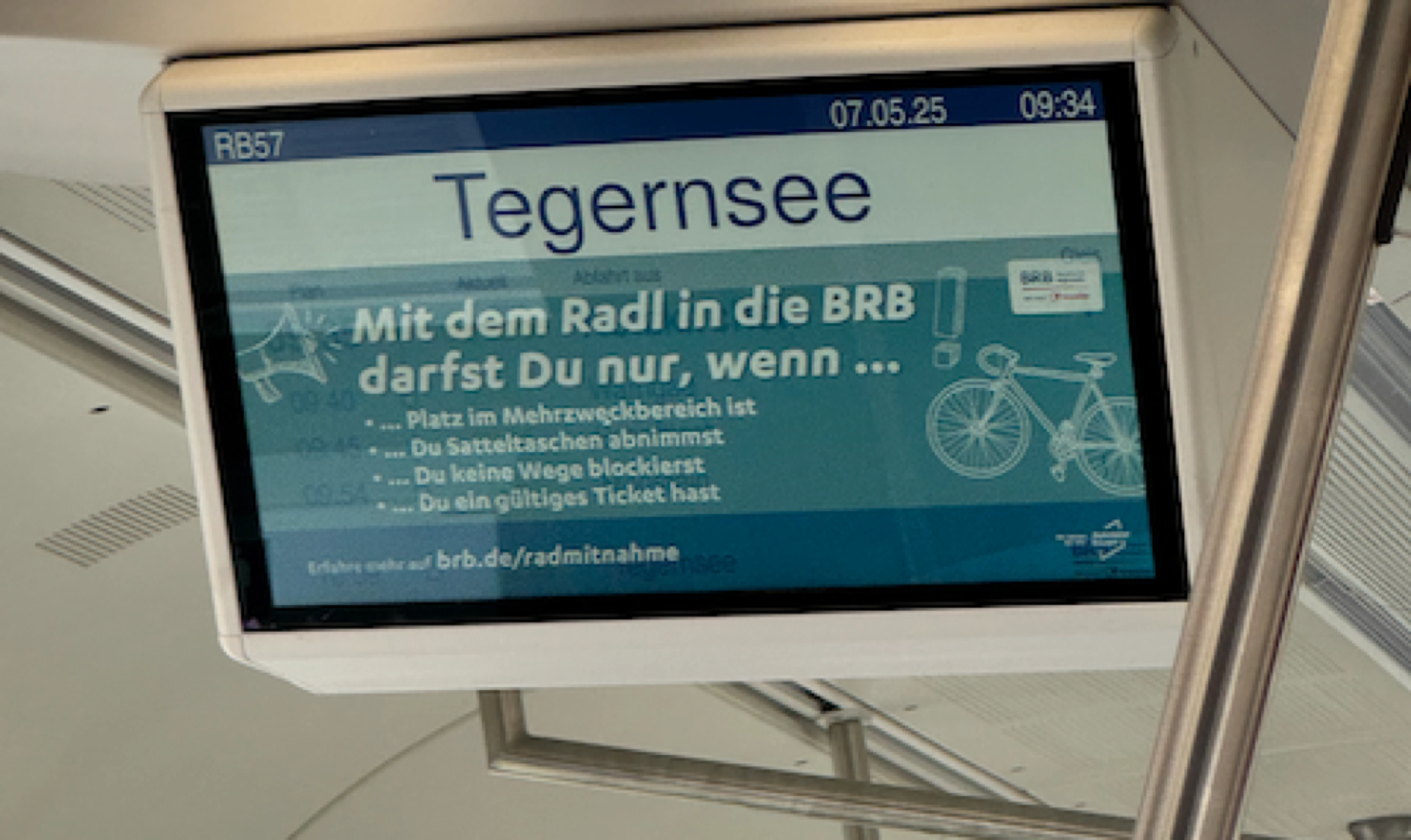
Rural Shifts and Small Wins
Outside the city, the tempo changes. Buses are less frequent and planning becomes more important. But schedules are accurate, signage is clear, and even in small towns, there are systems in place to guide you.
One detail I appreciated: wide-angle mirrors on narrow streets to help buses navigate corners safely. That’s not high-end tech - it’s thoughtful, low-friction problem-solving.
The pattern holds: timely visibility of information — even in an analog case — can be just as impactful as anything digital.
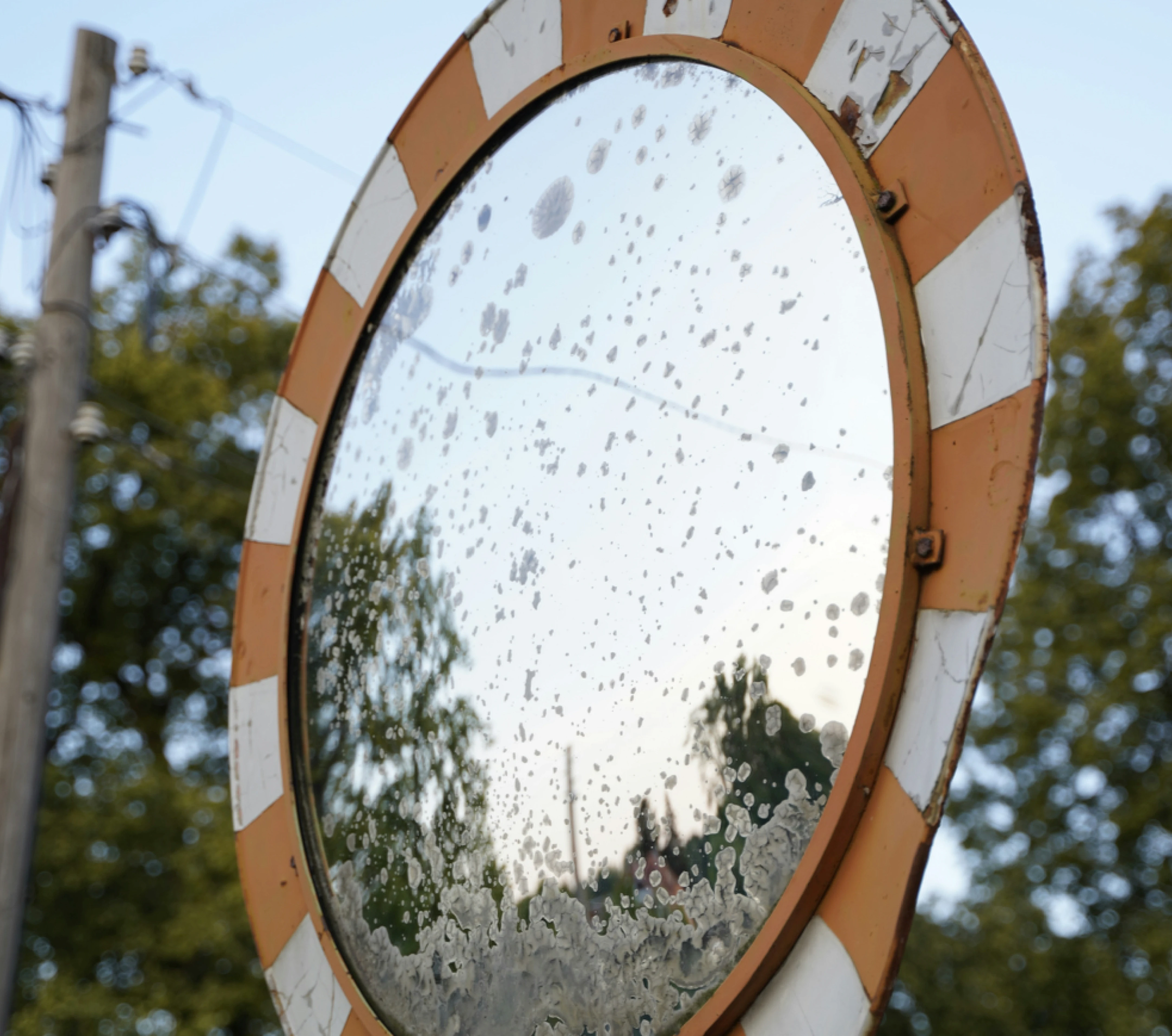
Photo by Maximilian Müller on Unsplash
The Autobahn, Freedom with Boundaries
From all the stereotypes and stories I had heard over the years (and my own imagination), driving on the Autobahn was not as chaotic, or scary, as I expected. Even after a nine-hour flight and no sleep, the system felt logical and safe.
Lanes are clearly defined by speed and vehicle class, with freight trucks sticking to their own space and limits. Some even have dedicated roads for freight or heavier class vehicles in mountainous areas, keeping traffic safe and predictable for everyone else.
The roads themselves are smart, too. Digital signs above each lane adjust speed limits based on traffic or weather, managing flow without relying on police presence or reactive enforcement.
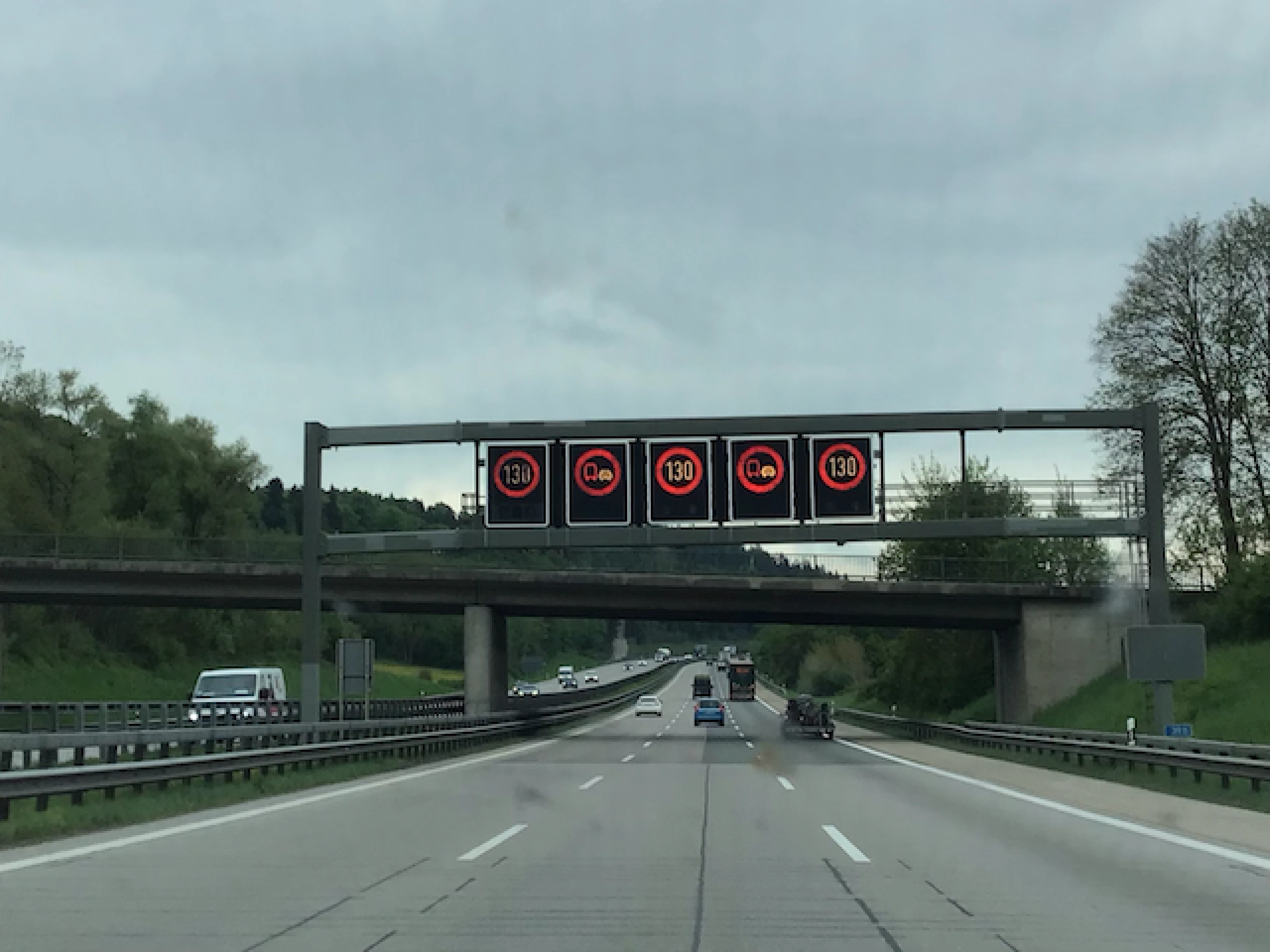
And when construction or the inevitable slow-down hits, people actually execute zipper merges correctly. This is another example of how "analog" processes can win the day when properly implemented. And - watching dozens of cars alternate without aggression was a really nice change from the "me first" attitude I've become accustomed to dealing with in the U.S.
Cars That Listen, Passive Tech With Big Value
Midway through a highway drive, the radio in my rental car interrupted with a traffic alert. I hadn’t touched a thing. This was the TMC — Traffic Message Channel — a system that uses FM radio signals to deliver live traffic and weather updates directly into the vehicle (no mobile data required).
Newer cars take this even further by layering cloud-based updates on top, offering alerts about incoming hail or available parking nearby.
None of it felt intrusive (although it did attempt to talk over my masterfully curated Spotify jams 😆). I came to appreciate this feature more over time, especially when it came to safety or making my trip more efficient by helping me make the necessary adjustments to my route.
High-Speed, Low-Stress
I was fortunate to have the opportunity to travel on the ICE train (InterCityExpress) from Berlin to Munich, and it was a standout experience. The train topped out around 300 km/h but felt smooth and quiet the whole way. I booked a seat in a quiet cabin (the train was mostly quiet overall but this section could be reserved for those hardcore "quiet seekers" like myself), sent a few quick emails from my laptop, and watched Germany pass by outside in high definition. There was food service, a restroom just a few steps away, and enough people around to make it feel lived-in but not crowded.
On the return trip, I ended up chatting with a couple of Australians who, like me, couldn’t believe something like this didn’t exist in more places (they don't exist in Australia either.) You get on, you sit down, and you arrive rested and ready. No security lines, no traffic, no stress. It was an experience I would happily welcome again for any long distance travel within the country.
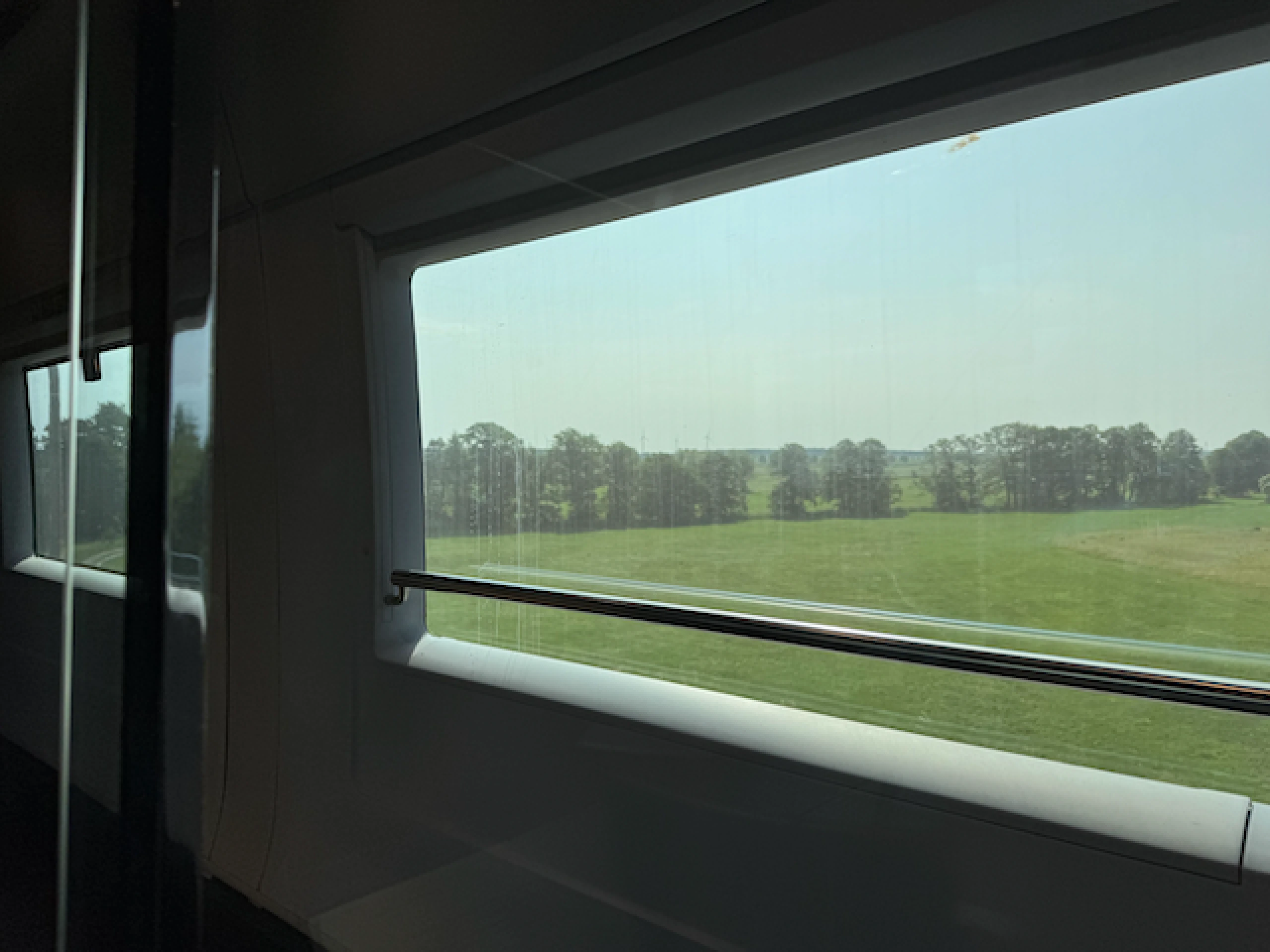
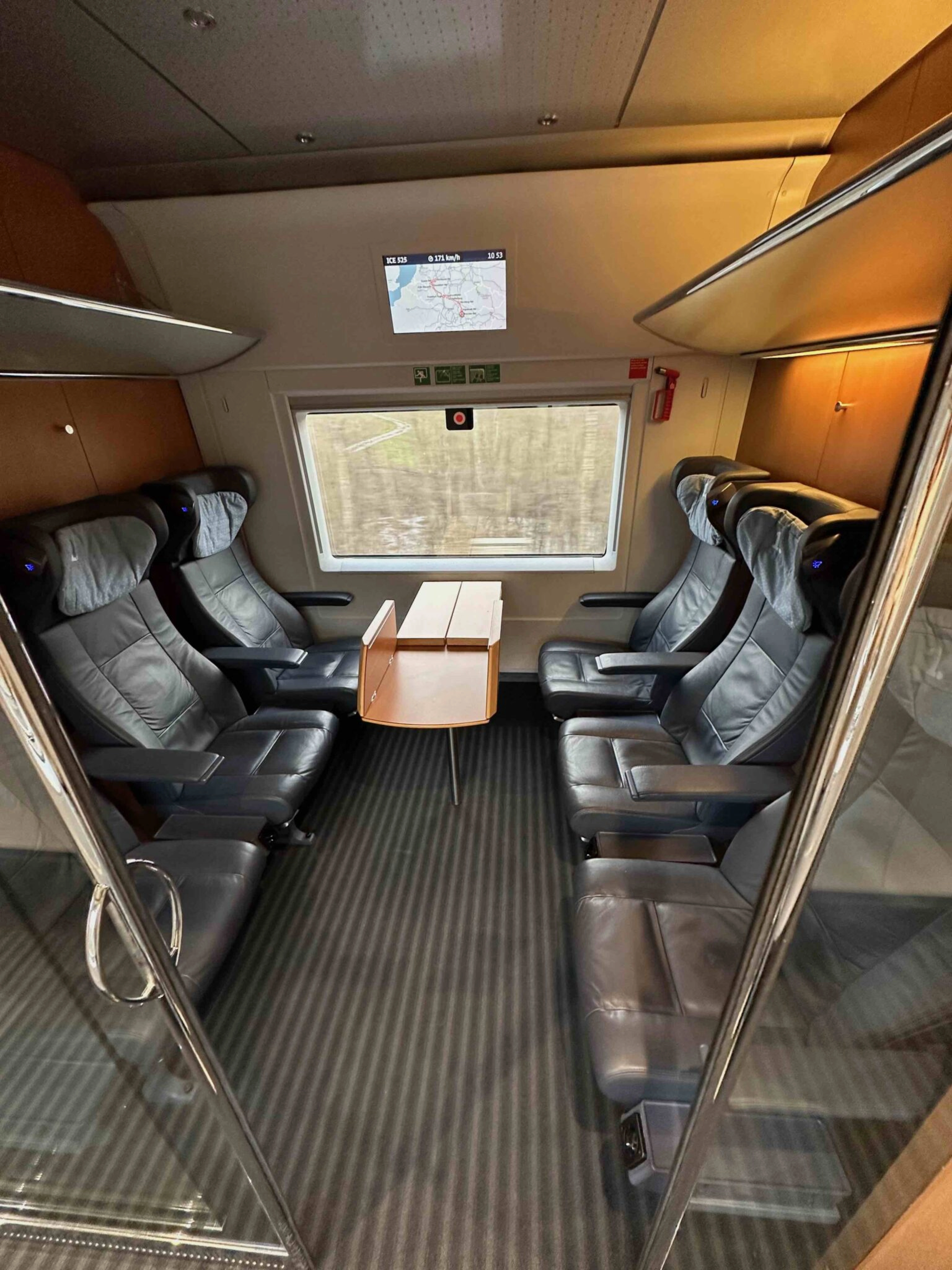
Image credit goes to offthebeatenpoints.com
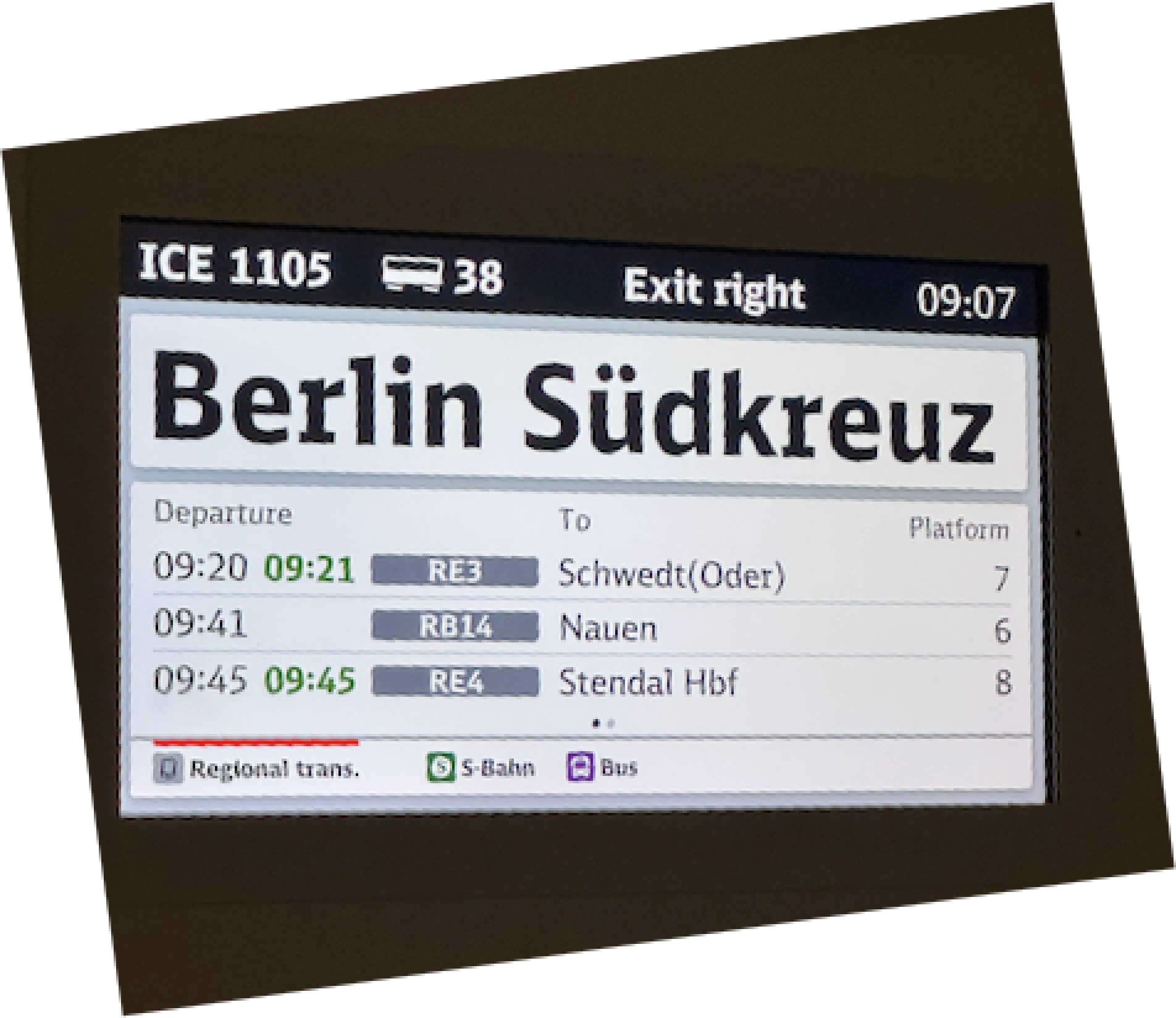
One Ticket to Rule Them All
So how much does all of this convenience cost? - and no, this isn't an advertisement for DB I promise.
The "Deutschlandticket" runs about €60 per month (per person) and covers unlimited travel on most regional buses, trams, and trains. That’s it. No fare zones to memorize, no surprise fees.
But bringing it back around to tech - your ticket is fully managed within the DB Navigator app and can easily be retrieved and scanned when needed by authorities. This isn't ground-breaking tech (local trains and buses in Dallas also had this feature) but I do appreciate that it exists and makes life easier when it comes to managing your fares, or multiple fares for kids in my case.
For occasional trips, single fares are rarely more than a few euros, and you can buy them in a few taps from the app. Compared to the costs of owning and maintaining two cars back in the U.S., the savings aren’t just financial — it's peace of mind. You don’t have to constantly think about whether you’re paying the right fare, going to be fined, or getting short-changed on a technicality.
A System Built on Trust and Clarity
Germany’s transportation systems aren’t flawless (ask any German and they'll tell you), but they’re built with intention, supported by tech that respects your attention span, and grounded in clear, timely information.
You don’t need to be an expert to navigate them. You just need to look around you and pay attention (which is easier said than done!)
But that’s the point: when the right information is visible at the right moment, movement becomes less about effort and more about flow. The system gets this right and as someone who is rapidly adjusting to solely relying on public transportation, the more timely information I have, the better.
Up Next: Recycling, Pfand, and an Infrastructure of Responsibility
In part two of my "Technology in Germany" series, I’ll unpack Germany’s approach to waste, from the deceptively simple Pfand bottle return system to the surprisingly complex (but sensible) bin configurations at home.
It’s a model of circular thinking that rewards participation and has quietly reshaped my own habits - while saving taxpayers and governments millions in waste management costs.
share the love
The views and opinions expressed on this blog are the author's own and do not reflect those of their employer, past or present. Any content shared here is for informational purposes only and should not be taken as professional or legal advice.
The Afterburner
The conversation continues with additional thoughts, insights and commentary.It's been a while since my post and the "rose colored" glasses of Germany's transportation system (or at least, my experience using the system in Berlin) are starting to come off a bit.
- I was travelling to work enjoying the peace and quiet of my morning S-bahn train ride when the ticketing authorities came through. Proud of having my ticket ready and current, I went to pull up by ticket in the DB app when to my horror, it had completely vanished. Gone - nowhere to be found. Restarted the app - nothing. Refreshed the page - nothing. No ticket. Embarrassed, I told the authority that I had just used the ticket yesterday (which was true) and that I had no clue why it wasn't there. I got off at the next stop and received my 60 euro fine (bummer), and looked through my emails to see if I had received any communications about my ticket, but found nothing. A real head scratcher. Later, I discovered that when I switched my bank account information, they were unable to collect the charge for my subscription the previous month, but no one had notified me about it. Instead (apparently) they just cancelled my ticket for Sept., as it was the 1st of the month. Talk about a failure to communicate! Lesson learned: always check my ticket before boarding and don't assume it's actually there.
You cut me real deep with this one, DB. My trust in you has been officially shattered.
- The trust issues continue... I was riding the train back from work, again enjoying the commute and sparsely occupied train (rare), a mere two stops away from home, when the conductor came on announcing that the train was going to be re-routed to another station. I didn't fully understand why (seemed like some kind of outage maybe) but I sure had an adventure trying to figure out how to get back home from an unfamiliar station, not to mention the extra 20+ mins added to my commute. Luckily, I was familiar with the area and it was simple enough to get on a train going the right direction - but I did feel sorry for the other non-locals left on the train who were extremely confused and lost.
- The BIGGEST headline grabber though lately is the lack of punctuality on the train system, something that seems utterly paradoxical to me considering Germany's overall emphasis on the importance of being on time. "Just 56,1 percent of DB trains were punctual in July". Big Yikes. And... "In mid-August, Federal Transport Minister Patrick Schnieder (CDU) dismissed Deutsche Bahn boss Richard Lutz." Will a change in leadership do the trick? Fingers crossed things will improve from here 🤞 Article here
One good thing though from all of this - with this post, I believe I have officially leaned into "complaint culture", and I'm well on my way to embracing that German tradition 😂
